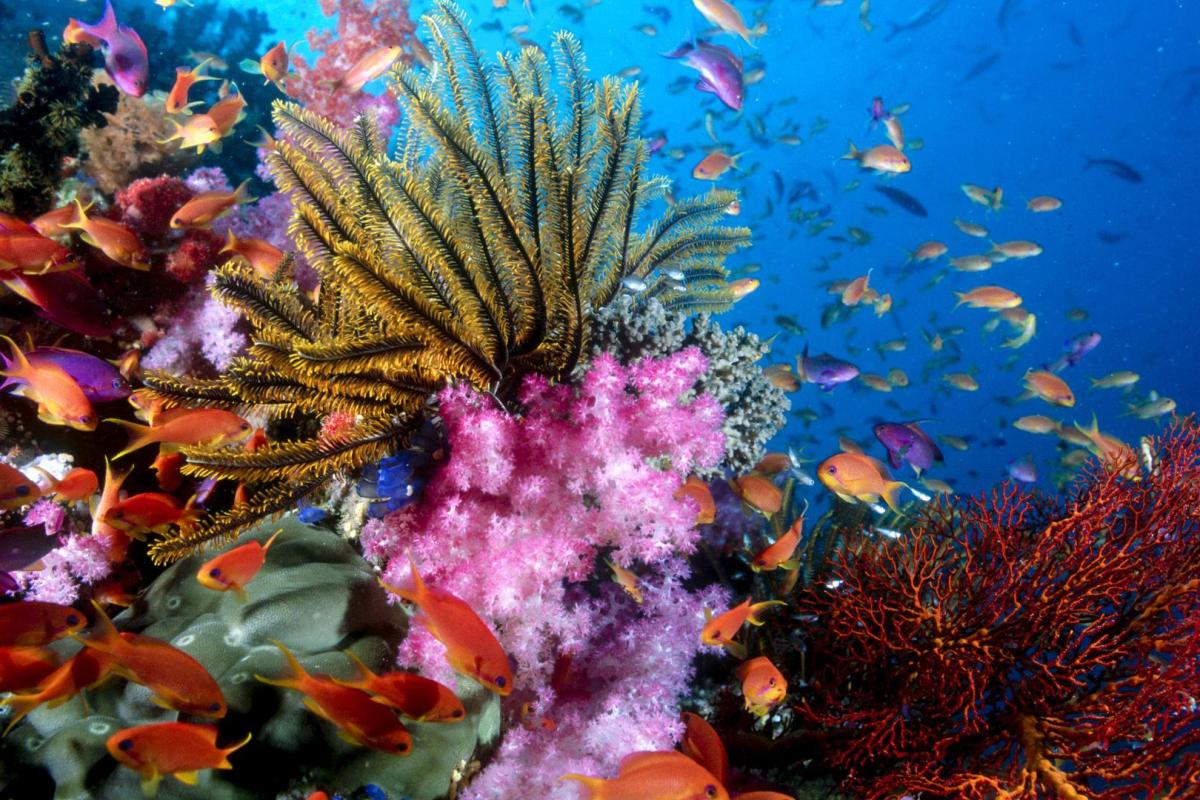Steven Johnson argues that coral reefs and the tangled banks of rivers are the environments that best support innovation. These complex, messy environments that support a variety of intertwined life forms, have unique properties that lead to a rich, fertile and flourishing state. Rich, fertile and flourishing is what we are aiming for at Better. In his book Where Good Ideas Come From: The Seven Patterns of Innovation, (also subtitled The Natural History of Innovation in other editions) Steven Johnson delves into the history of innovation to identify seven themes which reflect on the conditions that support creativity. Some of these themes inform our vision for Better as a creative space.
Part of the vision for Better is that it is a place where people can share ideas, projects, knowledge and skills. We want it to be a place where you will be able to bump into people who share your interests and challenges. Andrew talks about it being like a bar for creative pursuits. You go there when you want to meet people and you can usually be sure that there will be someone there.
Johnson talks about a liquid network, one that is dense and viscous enough that ideas can move and collide. Solids prevent movement, while in gasses the particles are so far apart as to make collisions unlikely. We want to be sure that a range of people come to Better – not the same people all the time (which would be like a solid). We envisage having a member base large enough so that you meet different people on different days. We also envisage events that bring non-members into Better to provide fresh ideas. We want to make sure that there are enough people there on any one day for you to find someone interesting to share a coffee with, and we plan on using themed afternoons and evenings to make sure that you bump into the people who share your specific creative domain.
Another of Johnson’s themes is that of the slow hunch: ideas emerge slowly, they take time to mature and grow in response to information and impressions that are gradually added to. This idea reflects the growing concern to rediscover slow scholarship, allowing for deep ideas in academia to emerge. Slow scholarship, the movement’s slog (slow blog) explains, “is carefully prepared, with fresh ideas, local when possible, and is best enjoyed leisurely, on one’s own or as part of a dialogue around a table with friends, family and colleagues”. By being a physical space for actual warm humans, Better provides those local ingredients as well as the tables and the company. In particular Johnson notes that “pressures, distractions, accountability and supervision all work against ideas”. Better is a place where those pressures can be left behind, where you can contemplate quietly, and let your best ideas emerge, slowly.
Another theme in the history of innovation is that error plays an important role. “Innovative environments thrive on useful mistakes” says Johnson. So one of our concerns for Better is that it needs to be a messy space for trial and error, for experiment. One of the challenges of creative work is the ever-present fear that what you have made is not good enough. Particularly when it comes to the visual arts, so many people are paralysed by the fear of their stumbling efforts being seen and criticised. Better is a playful, permissive space, not only for the accomplished. We want people to try, to do things they have never done before, to produce misshapen mistakes in the process of learning and having fun. We welcome and celebrate things that go wrong or don’t work. We hope to see fabulous flops.
And finally, Johnson makes the point that innovation requires platforms, places where innovation can take place, where the habitat needed for innovation is built by what he calls ecosystem engineers. Better invites you to be an ecosystem engineer, and help to build a coral reef or a tangled river bank, to shape Better and make it into the kind of space that supports your creative process.
